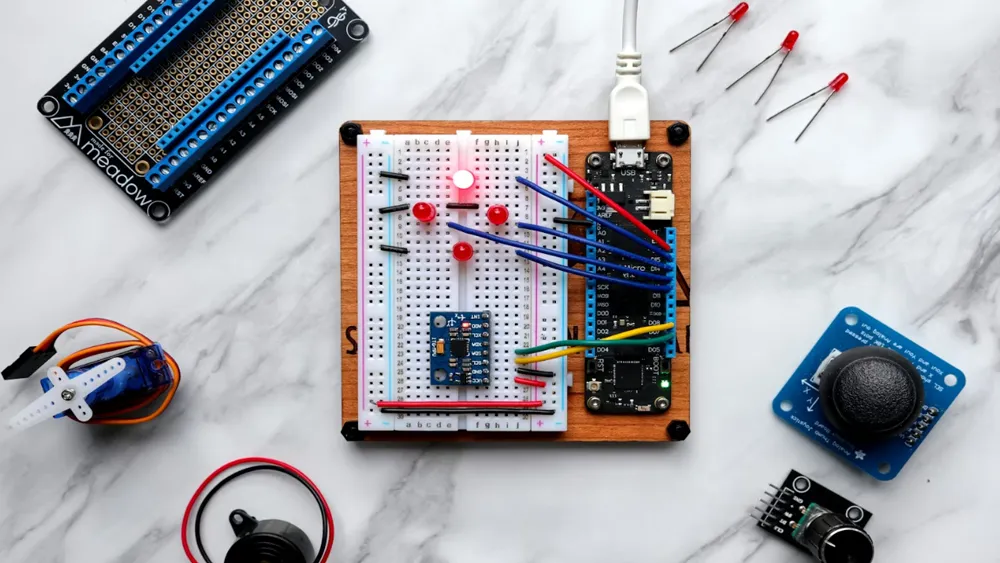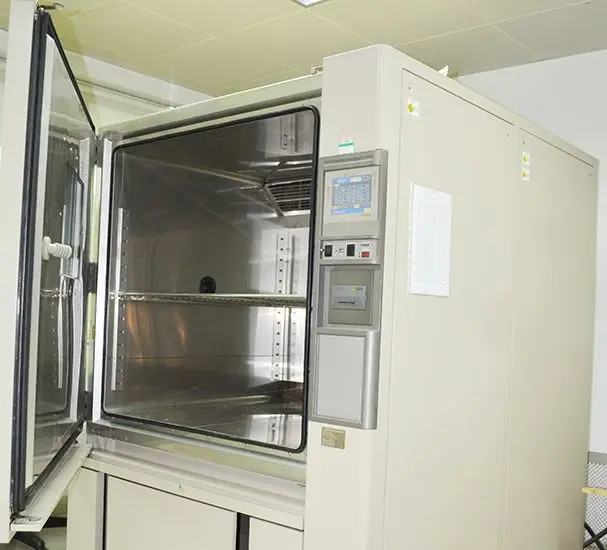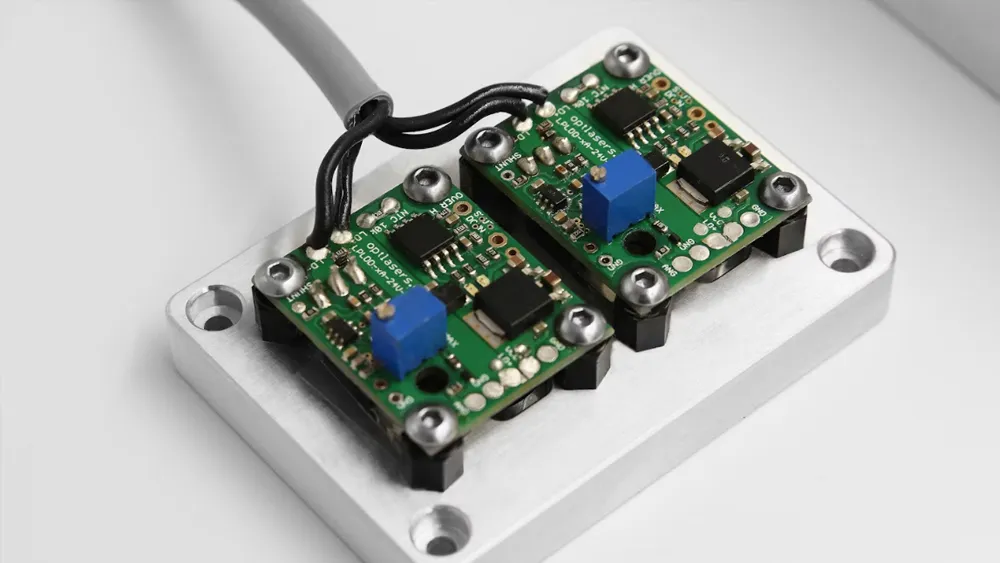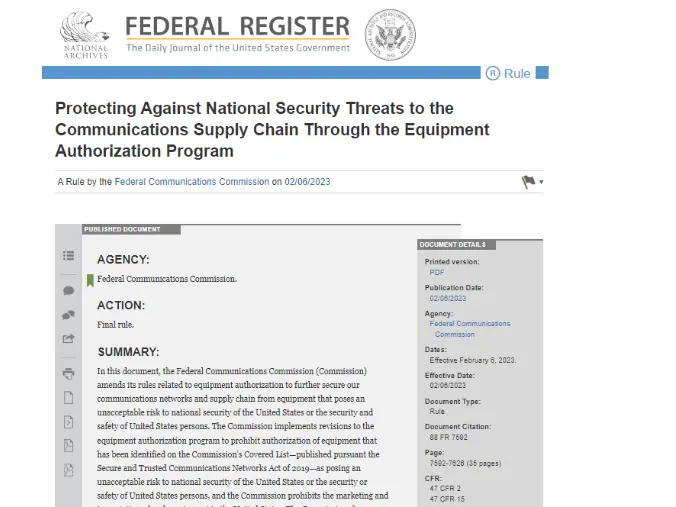
How to Apply for a REACH Test Report for Headphones?
Headphones are electronic devices used to convert audio signals into sound, allowing people to enjoy music, calls, and other audio experiences. As people increasingly rely on electronic products, concerns about safety and health have grown, making reach testing for headphones increasingly important.
What is REACH?
REACH stands for Registration, Evaluation, Authorization, and Restriction of CheMICals. It aims to protect human health and the environment. REACH is an EU regULation that imposes preventive management on all chemicals entering its market and was officially implemented on June 1, 2007.
REACH Testing Process
The REACH testing process mainly includes the following steps:
1. Preparation Stage
In this stage, information about the headphone’s material composition, manufacturing process, and usage environment is gatheRED. This information helps determine the testing items and formulate the testing plan.
2. Determination of Testing Items
Based on the headphone’s primary components and usage environment, the necessary REACH testing items are identified. These mainly include testing for SVHC (Substances of Very High Concern) and phthalates.
3. Sample Preparation
Prepare a sufficient number of headphone samples according to the testing requirements. The samples should be representative and reflect the overall quality of the batch.
4. Testing and Evaluation
Perform the REACH testing on the headphone samples and compare the results with the limits set by the reach regulation. Evaluate the results to determine whether the headphones comply with REACH requirements.
REACH Testing Items and Methods
1. SVHC Testing
According to REACH, SVHC refers to substances that meet criteria such as high concern, high production volume, or high exposure risk. To ensure headphone safety, SVHC testing is required. Testing methods include GC-MS (Gas Chromatography-Mass Spectrometry) and LC-MS (Liquid Chromatography-Mass Spectrometry).
2. Phthalate Testing
Phthalates are common plasticizers considered harmful to human health. To ensure headphone safety, phthalate testing is necessary. Testing methods also include GC-MS and LC-MS.
Analysis of REACH Testing Results
Based on the results of SVHC and phthalate testing, an analysis of the headphones’ reach compliance is conducted. This includes determining whether SVHC substances are present and whether the phthalate content meets REACH limits. The analysis concludes if the headphones comply with REACH regulations and assesses the potential health impact during use.
Conclusion of REACH Testing
Based on the analysis of REACH testing results, a conclusion is drawn on whether the headphones meet REACH regulatory requirements. If compliant, the headphones can be produced and sold normally. If not, adjustments or improvements must be made to ensure compliance with REACH regulations.
Email:hello@jjrlab.com
Write your message here and send it to us
 What are ASTM F963 and CPSIA?
What are ASTM F963 and CPSIA?
 Comparison of ASTM F963 and EN 71
Comparison of ASTM F963 and EN 71
 How to get CSA C22.2 NO.256:14 Test Report?
How to get CSA C22.2 NO.256:14 Test Report?
 How much is the ISTA Amazon Packaging & Shippi
How much is the ISTA Amazon Packaging & Shippi
 Amazon Product Laboratory Testing Requirements
Amazon Product Laboratory Testing Requirements
 How to Get EPA Certificatio
How to Get EPA Certificatio
 What is EPA Certification in the United States?
What is EPA Certification in the United States?
 What is an FCC Registered Agent?
What is an FCC Registered Agent?
Leave us a message
24-hour online customer service at any time to respond, so that you worry!




